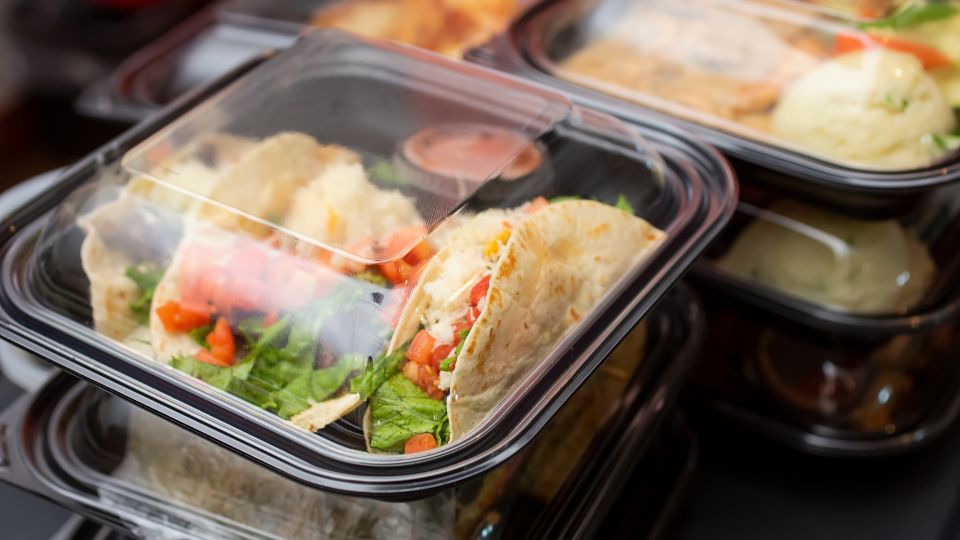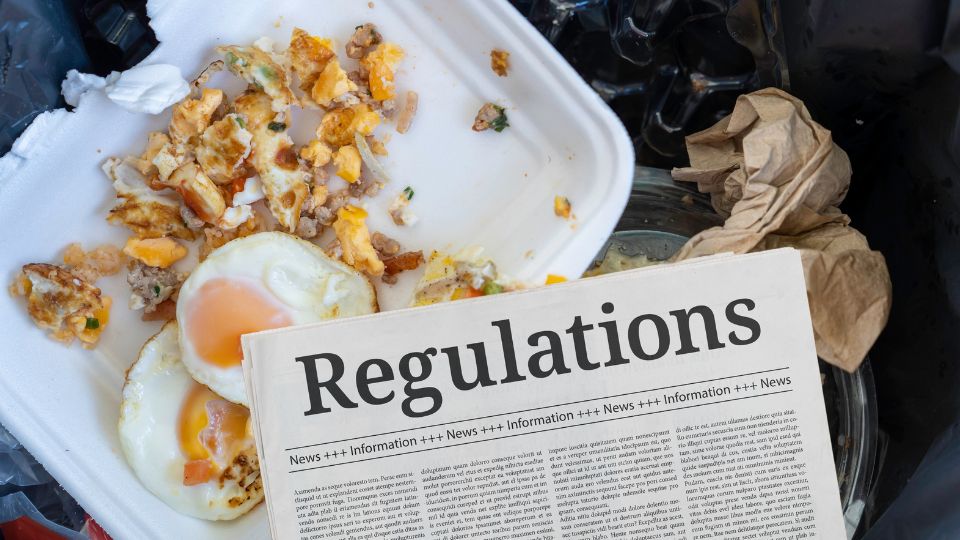
Quick Summary:
- Implement practical strategies like regular inventory checks, the First In, First Out (FIFO) method, and proper storage practices to reduce waste and ensure a steady supply of fresh ingredients.
- Use tools such as inventory management software, employee training, and creative utilisation of leftovers to enhance efficiency and sustainability in your food business.
Managing food inventory well is essential for any business in the food industry to avoid high masses of food waste, whether you run a restaurant, café, or retail store.
Good inventory management helps cut down on waste, save money, and keep a consistent supply of fresh ingredients for your customers. Here are some tips to make your food inventory management more effective.
Table of Contents
- 1. Conduct Regular Inventory Checks
- 2. Implement the First In, First Out (FIFO) Method
- 3. Use Inventory Management Software
- 4. Set Par Levels
- 5. Train Your Staff
- 6. Optimise Storage Conditions
- 7. Monitor Sales Trends
- 8. Partner with Suppliers
- 9. Utilise Leftovers Creatively
- 10. Review and Refine Your Processes
- Conclusion
1. Conduct Regular Inventory Checks
Performing regular inventory checks is essential for keeping track of what you have in stock. This helps prevent overordering and ensures that you use older items before they expire.
Schedule these checks weekly or bi-weekly to stay on top of your inventory.
2. Implement the First In, First Out (FIFO) Method
The FIFO method is a simple yet effective way to manage inventory. This means that the first items received should be the first ones used.
By rotating stock in this way, you can reduce the risk of spoilage and waste.
3. Use Inventory Management Software

Investing in inventory management software can streamline the process and provide real-time data on your stock levels.
These tools can help you track expiration dates, monitor usage patterns, and generate reports that assist in making informed purchasing decisions.
4. Set Par Levels
Par levels are the minimum quantities of each item that you should have on hand. Setting these levels helps ensure that you never run out of essential ingredients while avoiding overstocking.
Review and adjust your par levels regularly based on usage and seasonal demand.
5. Train Your Staff

Your staff plays a crucial role in effective inventory management. Ensure they are trained to follow proper storage practices, understand the importance of FIFO, and know how to handle inventory checks.
Engaged and knowledgeable staff can significantly reduce waste and improve efficiency.
6. Optimise Storage Conditions
Proper storage conditions can extend the shelf life of your ingredients. Make sure your storage areas and bin stores are clean, well-organised, and maintained at the appropriate temperatures.
Label and date all items to keep track of their freshness.
7. Monitor Sales Trends
Keep an eye on your sales trends to anticipate changes in demand. Seasonal variations, special events, and promotions can all affect your inventory needs.
Adjust your ordering and stock levels accordingly to avoid excess inventory and waste.
8. Partner with Suppliers
Build strong relationships with your suppliers to ensure a reliable supply chain. Communicate your inventory needs and work together to manage delivery schedules.
Some suppliers may offer just-in-time deliveries, reducing the need to store large quantities on-site.
9. Utilise Leftovers Creatively

Find creative ways to use leftovers and minimise waste. This could mean incorporating leftovers into daily specials, creating new dishes, or donating surplus food to local charities.
One innovative approach to tackling food waste is the Too Good To Go scheme. This program connects businesses with consumers to sell surplus food at a discounted price, ensuring that good food doesn’t go to waste.
Being resourceful with leftovers can help reduce waste and save money.
10. Review and Refine Your Processes
Regularly review your inventory management processes to identify areas for improvement. Gather feedback from your staff, analyse your inventory data, and make adjustments as needed.
Continuous improvement is key to effective food inventory management.
Conclusion
Effective food inventory management is essential for reducing waste, controlling costs, and ensuring a steady supply of fresh ingredients. By mastering these tips and implementing them into your business you can achieve better inventory control and create a more sustainable business.
Remember, waste not, want not! Implement these tips and watch your efficiency and profitability soar.








